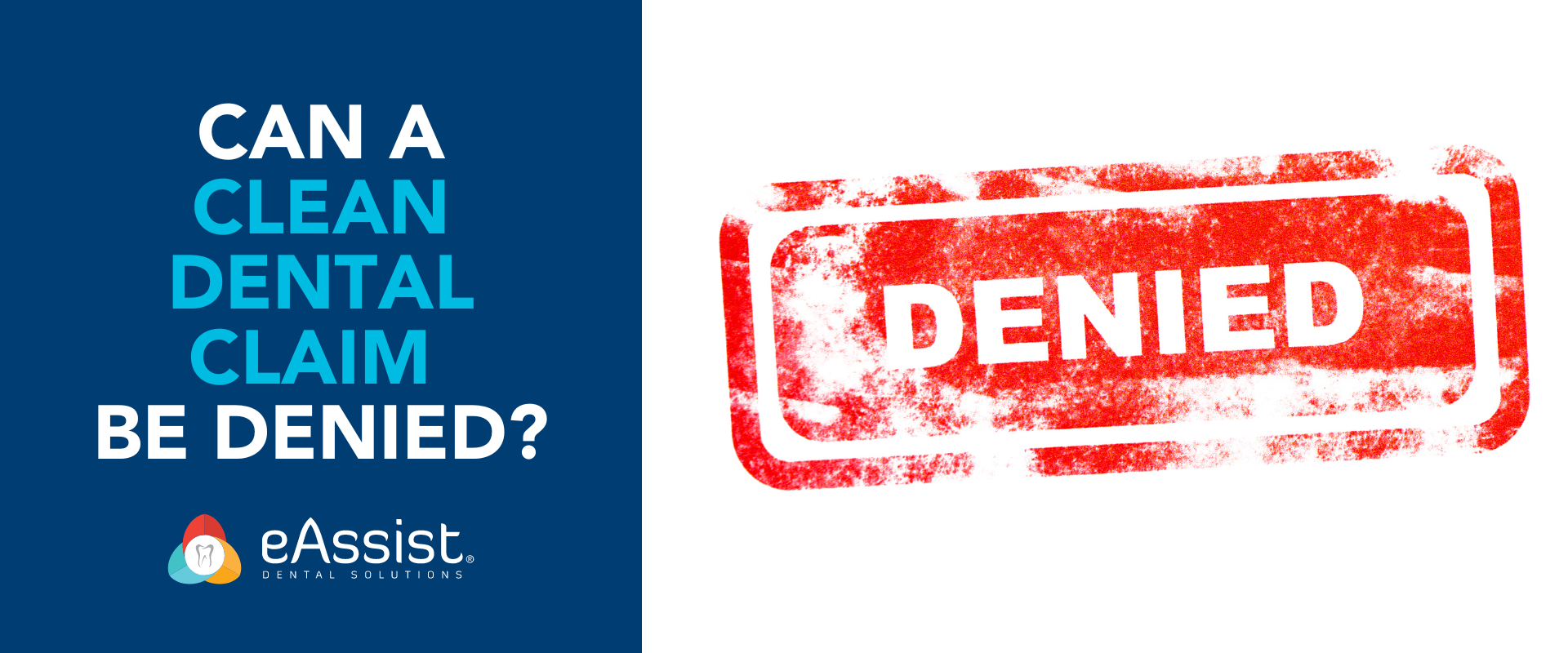Narratives
Intraoral photography is wonderful and particularly useful for crown, onlays, veneers and core build-up claims. However, time and time again, I have recommended the diagnosis and treatment details be documented in a well written narrative; one that can supplement your radiographic and photographic image(s). Technically, a narrative is any additional written information. This can be a single word, a sentence, or a page from a novel about the tooth and the patient’s treatment. Many times it is submitted on a claim form in Box 35 of the ADA standard claim form. This is also known as the “remarks” section. I love Box 35, but it has its limitations, it only can accept and display a certain number of characters. My suggestion for claim submission best practice is to submit the narrative as an additional attachment or enclosure so the whole story of the tooth condition and treatment can be relayed.
Check-List Narratives
More often than I would have expected, offices submit a copy of a check-list as their narrative. I love a check-list as part of my workflow, but it is simply not enough for a powerful, unquestionable, impactful, narrative. A well written narrative may have highly valuable information and may overturn an adverse determination. It is worth the time to elaborate on your checklist findings entering the details and more in the patient’s clinical treatment notes.
Establishing Medical Necessity
As for pertinent information capable of establishing medical necessity this would be decay and decay into dentin, extent of the decay as a percentage of the occlusal table it compromises, amount of remaining tooth structure, symptomatic cracked tooth and your assessment of the tooth for the diagnosis, recurrent decay, to name a few examples. On the list of etiology for an indirect restoration that may not establish medical necessity is wear, attrition, abrasion, abfraction, all with, or without, sensitivity. Carriers popularly have exclusions for the above mentioned conditions in the absence of dental caries. When I would do peer-to-peer calls, my peers would tell me, “but the tooth was sensitive.” When it comes to the medical necessity for the indirect restoration, sensitivity, in the absence of dental decay, does not meet criteria for most carriers. From the insurance perspective, there are ways to combat sensitivity. This means a restoration is not the only viable option. Is there decay in the cervical area of abfraction? Is there decay that has started in the areas of wear? If so, document this in your clinical progress notes and submit these as your narrative, your services supporting information.
Replacement Indirect Restorations
When submitting for a replacement indirect restoration, as opposed to an initial prosthesis, be sure to indicate on the claim form the date of the initial appliance that is being replaced, and it is prudent to include this in a month and year format in your narrative. Estimates of “over 5 years” or “over 10 years” just do not carry the clout you need to have these claims paid.
Conclusion
These tips and tricks are not a guarantee of coverage but are some recommendations based on hours of clinical claim review and time spent with insurance payers recognizing if the services performed meet their criteria to establish medical necessity. Understanding the criteria for medical necessity and providing thorough documentation can increase the likelihood of successful claims. Insurance carriers do want to pay you for what you are doing!
Author Bio

Dr. Dominique Fufidio, DDS, FAGD, is the Founder and main coach at Fufidio Consulting Group (FCG) where she has pioneered a unique coaching experience focused on understanding the dental insurance claims review process. Dr. Fufidio has established herself as a successful, fee-for-service, former private practice owner, top performing dental claim reviewer and Utilization Review Director for the largest Utilization Review Agent in the United States, and dental artificial intelligence co-creator. Now, she is on a mission to bring clinical alignment to dental providers and the dental insurance payer market, helping dental offices get paid for what they do! Visit www.fufidioconsultinggroup.com for more information.






0 Comments